Competitive Foods in Schools: Revenue Issues and Nutrition Standards for Snacks
Across America, meals provided through USDA’s National School Lunch Program (NSLP) and School Breakfast Program (SBP) supply most of the foods and beverages obtained by children at school. Most schools also sell competitive foods, or “à la carte” items, alongside USDA school meals, in vending machines, or in school stores and snack bars, with proceeds going to the school foodservice or fundraising school groups. These foods have been widely criticized as being of low nutritional value, undercutting public efforts to improve children’s diets and prevent obesity. The Healthy, Hunger-Free Kids Act of 2010 requires schools that offer USDA school meals to limit competitive foods to those that meet updated nutrition standards, under development by USDA’s Food and Nutrition Service (FNS). Limiting the types of competitive foods available for sale may result in lost revenue for school foodservices, which depend to varying degrees on this revenue stream. Because USDA school meal programs are a part of the Nation’s nutrition safety net, the contribution that competitive food revenues make to foodservices serving economically vulnerable student populations is of particular interest. This book examines how updated nutrition standards for competitive foods might affect competitive food availability, and the implications for foodservice revenues.
{{comment.content}}
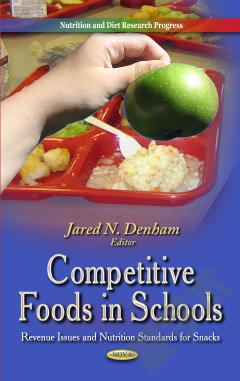
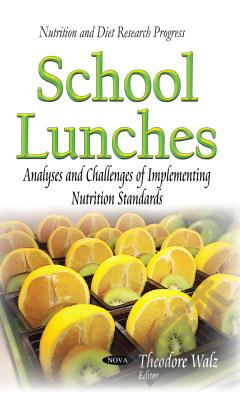
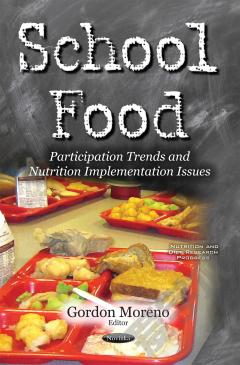

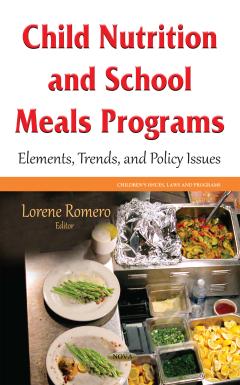

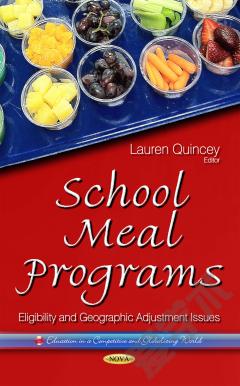

 京公网安备 11010802027623号
京公网安备 11010802027623号